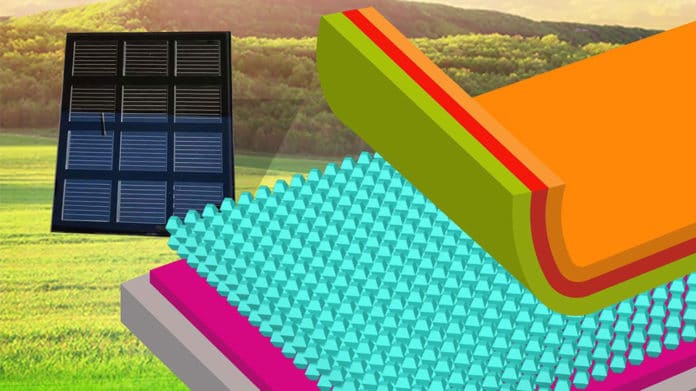Despite perovskite solar cells’ amazing improvements in power conversion efficiency, scaling out from individual small-area devices to large-area modules while maintaining commercial competitiveness compared to other thin-film solar cells remains difficult. Major obstacles include the reduction of both the resistive losses and intrinsic defects in the electron transport layers and the reliable fabrication of high-quality large-area perovskite films.
In a new study, scientists led by Mohammad Nazeeruddin at EPFL have found a way to overcome the scaling-up problems of perovskites. They came up with an easy solvothermal method that can produce single-crystalline titanium dioxide rhombohedral nanoparticles that can be used to build a perovskite film.
The new structure has fewer “lattice” mismatches, referring to the titanium dioxide nanoparticles’ “ladder-like” shape. This equates fewer flaws, which provides smoother electron flow and lower power loss throughout the device.
When scientists tested their new nanoparticle-based, small-size solar cells, they achieved power-conversion efficiency of 24.05% and a fill factor of 84.7%.
The scientists also fabricated large-area cells, which certified efficiency of 22.72% with an active area of nearly 24 cm2.
Scientists noted, “This represents the highest efficiency modules with the lowest loss in efficiency when scaling up.”
Journal Reference:
- Ding, Y., Ding, B., Kanda, H. et al. single-crystalline TiO2 nanoparticles for stable and efficient perovskite modules. DOI: 10.1038/s41565-022-01108-1
